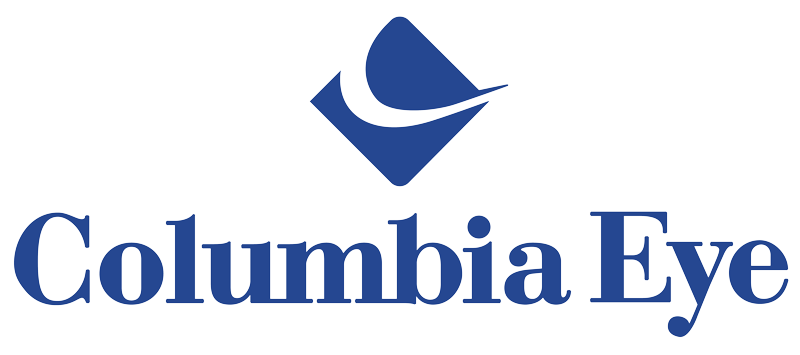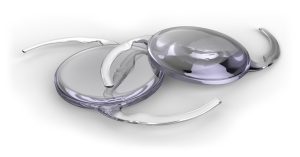Refractive Lens Exchange
Refractive errors, including nearsightedness, farsightedness, and astigmatism, are optical imperfections that prevent the eye from properly focusing (refracting) light, causing blurred vision. Refractive Lens Exchange (RLE) is a procudure that replaces your eye’s natural lens with an artificial intraocular lens (IOL). RLE can be used to correct myopia (nearsightedness), hyperopia (farsightedness) and presbyopia, the inability to focus at near distances with age requiring the use of reading glasses. Because in RLE your natural lens is removed, you will never develop cataracts.
During your refractive surgery consultation, your doctor will consider many options to help eliminate or reduce your need for glasses. There are many factors to consider and not everyone is a candidate for refractive lens exchange. Your doctor may recommend LASIK or PRK as an alternative vision correction treatment.
RLE is performed in our outpatient ambulatory surgery center, where our focus is solely on surgery of the eye and its surrounding structures. During RLE, the physician makes a small incision in the cornea with a handheld blade or with a laser. A small probe then breaks up and removes your clouded natural lens and an artificial intraocular lens (IOL) implant is inserted. These incisions are usually self-sealing, requiring no stitches.
Replacement Lens (IOL) Options
There are a host of replacement lens options available. Your surgeon will recommend a lens during your consultation visit based on your individual visual needs, including your hobbies, activities, lifestyle, and pre-existing eye conditions such as glaucoma or macular degeneration. Depending on the lens you choose, even patients who have had glasses for most of their lives may be able to reduce or eliminate their dependence on glasses or contacts.
Monofocal
A monofocal lens provides clear vision at a single focal point. A monofocal lens is the basic lens included in the cost of the procedure and is covered by Medicare or insurance. With a monofocal replacement lens, you will need glasses for most activities including distance and near. However, your dependence on glasses will change and you may be free from glasses for certain activities.
RxSight Light Adjustable Lens™ (LAL®)
The RxSight Light Adjustable Lens™ (LAL®) can be customized after surgery once your eye has healed to optimize your vision based on your unique preferences and lifestyle requirements. Adjustable lenses are made of a special light-sensitive material that changes the shape and power of your implanted lens in response to non-invasive ultraviolet (UV) light to target your custom prescription. Your surgeon will work with you to achieve your best possible vision with 1–3 light treatments administered in-office, followed by two “lock-in” treatments to make your lens prescription permanent. While your vision is still in the adjustment phase, you will be asked to wear glasses that prevent UV light from altering your lens to protect it before the final lock-in.
Multifocal/Trifocal
A multifocal/trifocal advanced technology lenses provide clear vision at two or more focal points. In patients who qualify, multifocal/trifocal lenses may be able to reduce or eliminate the need for glasses for both distance and near related tasks.
Extended Depth of Focus (EDOF)
Extended depth of focus (EDOF) lenses are designed to create an elongated or extended range of vision. In patients who qualify, EDOF lenses can help reduce or eliminate the need for glasses for distance and intermediate vision.
Toric
A toric lens is the best lens to use for astigmatism correction in patients who qualify. Toric lenses have a single “mono” focal point, similar to a monofocal lens. With a TORIC lens, the objective is to reduce the burden of astigmatism in your vision. This enables more clarity and focus, with and without corrective glasses.
After the procedure, your eye will be protected with a bandage or shield, which can typically be removed within a few hours after the procedure. An eye shield will be required at night for one week to protect the eye. You will be prescribed antibiotic and steroid eyedrops to use for approximately two weeks after the procedure. You should avoid strenuous activity and will be restricted from driving until cleared by your doctor.
Schedule an appointment
Call (803) 779-3070 to schedule a consultation at any of our four convenient locations to determine if you are a candidate for RLE.


 ANNOUNCING UPDATES TO OUR COVID-19 SAFETY PROTOCOLS
ANNOUNCING UPDATES TO OUR COVID-19 SAFETY PROTOCOLS